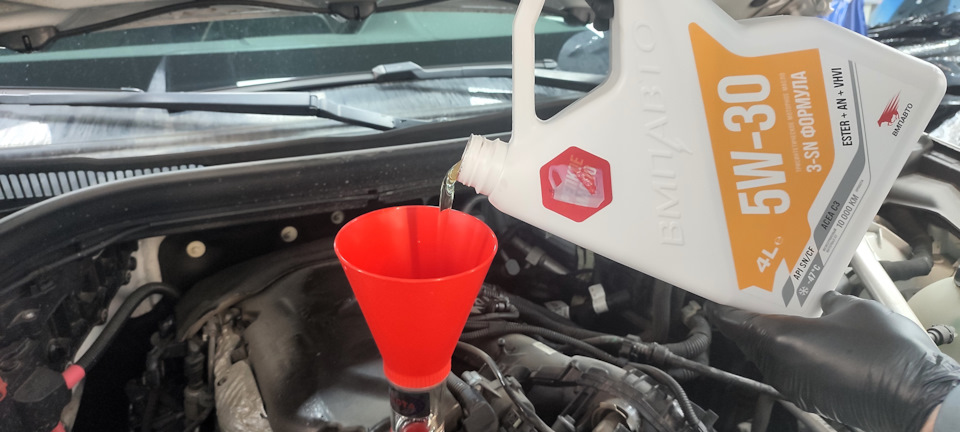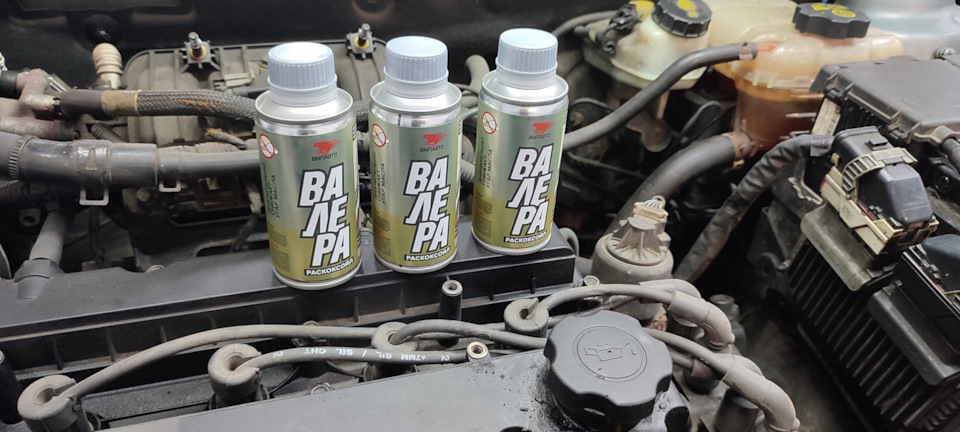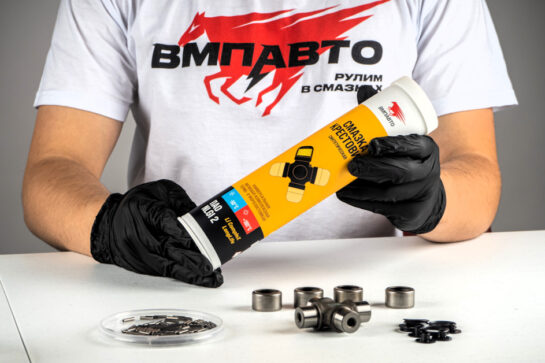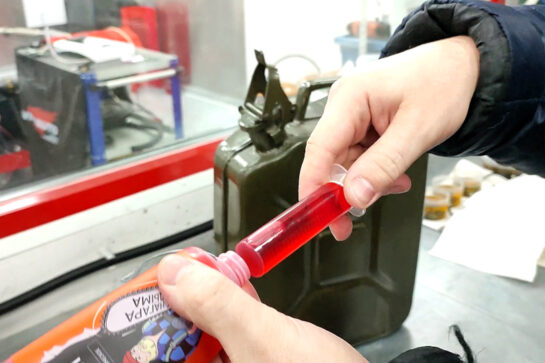Choosing oil for a used car
Friends. We receive quite a lot of letters from subscribers and consumers every day. The questions and wishes in them are different. However, most often we are asked to choose an oil for a car with mileage. Let’s see what to look at when choosing oil in the first place and what misconceptions are common.
The first thing to look at when choosing oil is undoubtedly the manufacturer’s recommendations. The instruction manual for the car necessarily indicates what kind of oil and with what tolerance should splash in the crankcase sump of the engine of your car. Some companies even specify the recommended oil manufacturer.
The manufacturer’s recommendations are the first thing you should pay attention to when selecting an oil, even for a used car. (Table of used oils from the car’s instruction manual).
However, there is no need to strictly follow this recommendation. The main thing is that the oil would be suitable for API, ACEA or ILSAC classification. It should be noted that the ILSAC standard partially repeats the API standard. For example, the API SN standard is echoed by the ILSAC GF-5 standard for motor oils.
The consumer can afford some freedom when choosing an oil according to SAE classification. But even here it should be understood that the choice, for example, between 5W-40 or 10W-40 is conditioned exclusively by climatic conditions of car operation.
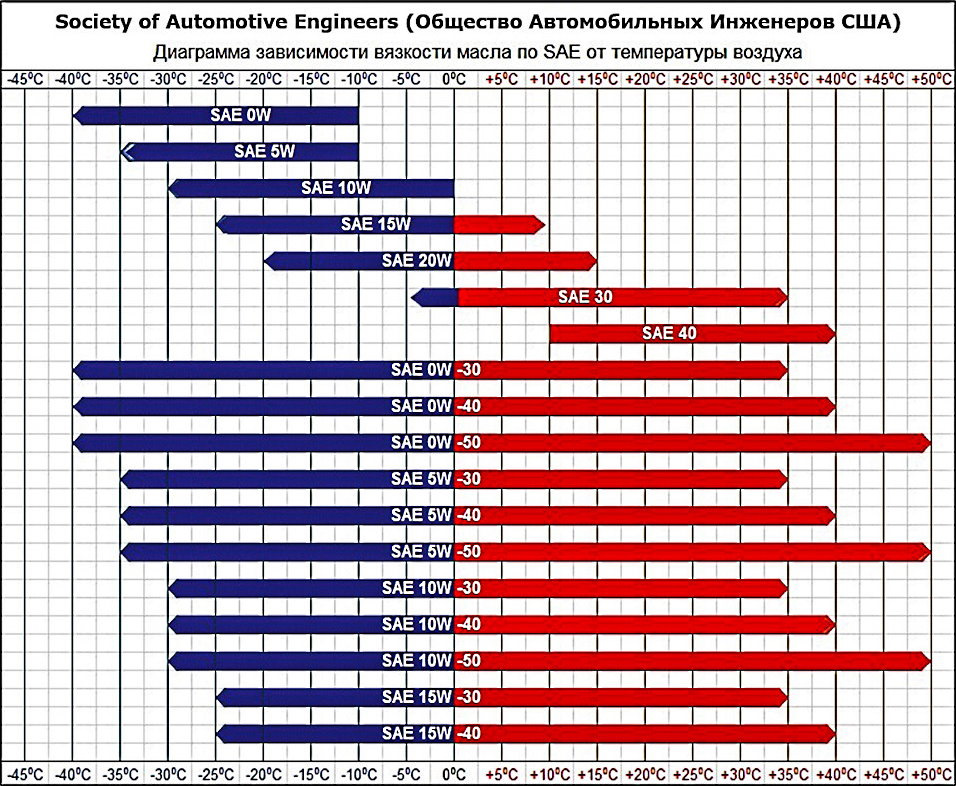
When choosing an oil, many consumers also pay attention to the tolerances of automobile manufacturers. And if there are no such approvals, they think that such oil is unacceptable for use in their car. Undoubtedly, the automaker’s approval on the oil can is welcome. However, today it is almost impossible to obtain this coveted letter-numeric code for imported cars.
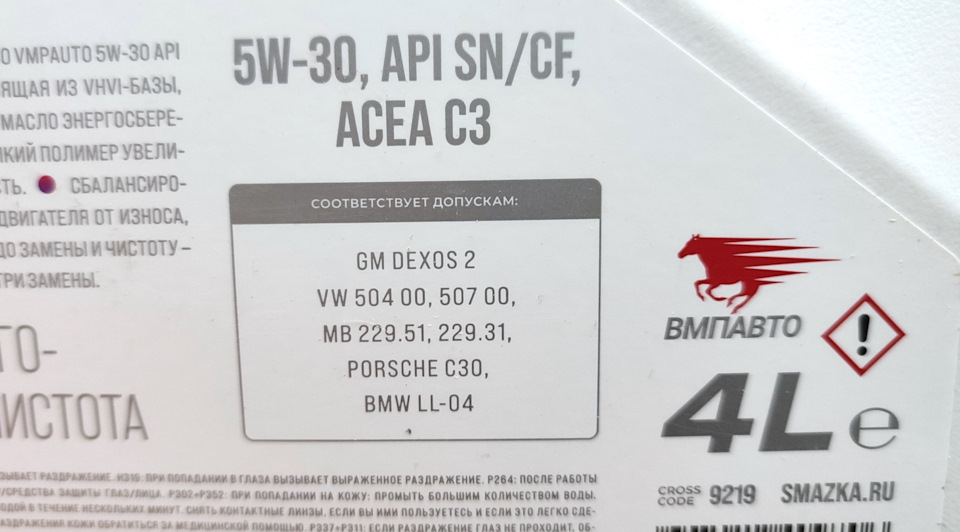
In this regard, most oil manufacturers indicate that their product complies with this or that tolerance. This means that according to all physical and chemical parameters and engine tests performed, the oil meets the requirements of the car manufacturer.
Note that the instruction manual does not say anything about the fact that if the car has already traveled more than 100 000 km, the engine should be filled with oil with a different classification.
Meanwhile, very often motorists choose oil with a higher viscosity than recommended by the manufacturer, based on the assumption that a more viscous oil will provide better lubricating properties to a worn engine.
On the one hand, this is true. The higher the viscosity of the oil, the higher is its HTHS. For example, VMPAUTO 5W-30 oil has HTHS of 3.7 mPas, and 5W-40 oil has 4.1 mPas. Accordingly, the strength of the oil film of this oil is higher. But there are negative aspects of using more viscous oils.
Here’s a simple example. Imagine that you are driving a car in the rain. The wipers remove drops from the windshield without any problems. But now another car has passed by and spilled grease from a puddle. The viscosity of this very grease is higher than that of water, and the wipers are no longer enough one pass to remove dirt from the glass. As a result, several wiper passes are required to completely clean the windshield.
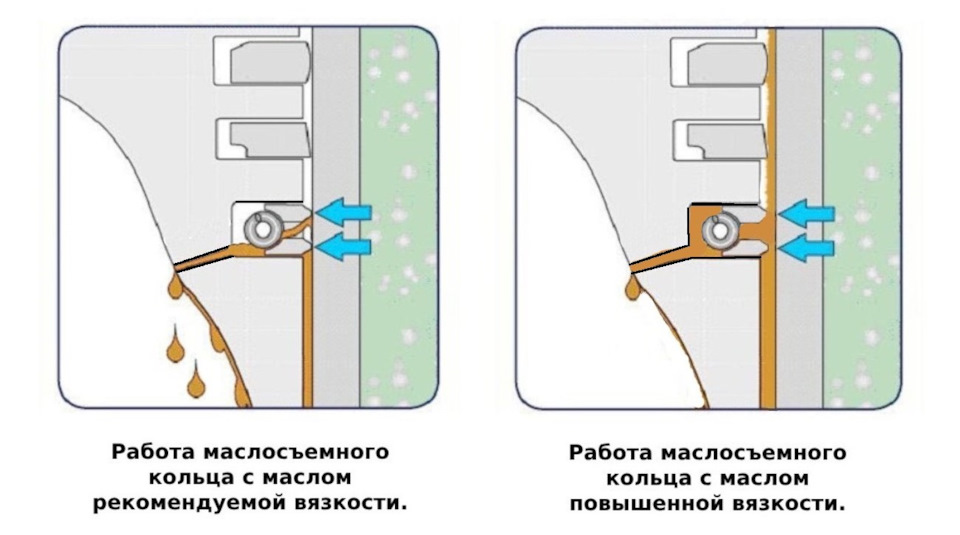
A similar thing happens with the oil in the combustion chamber. If the oil viscosity is within tolerances, it is well removed from the cylinder walls by the oil ring. If the viscosity of the oil is higher, it is more difficult for the oil ring to remove it from the walls, and some of it remains. At the moment of ignition, this remaining part burns out in the combustion chamber together with the fuel-air mixture. That is why many motorists note that when they switch to more viscous oils, their oil consumption increases significantly.
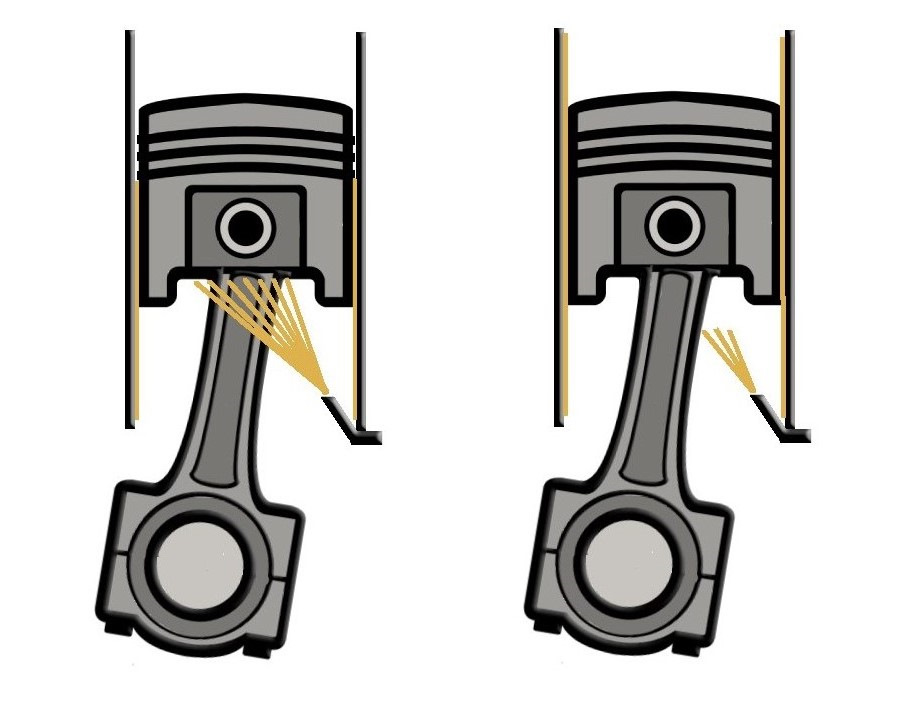
It should also be remembered that more viscous oil than that prescribed by the manufacturer is worse at cooling engine parts. For example, more viscous oil will be pumped through the oil injectors in a much smaller volume than is necessary to cool the pistons. This will inevitably lead to their overheating.
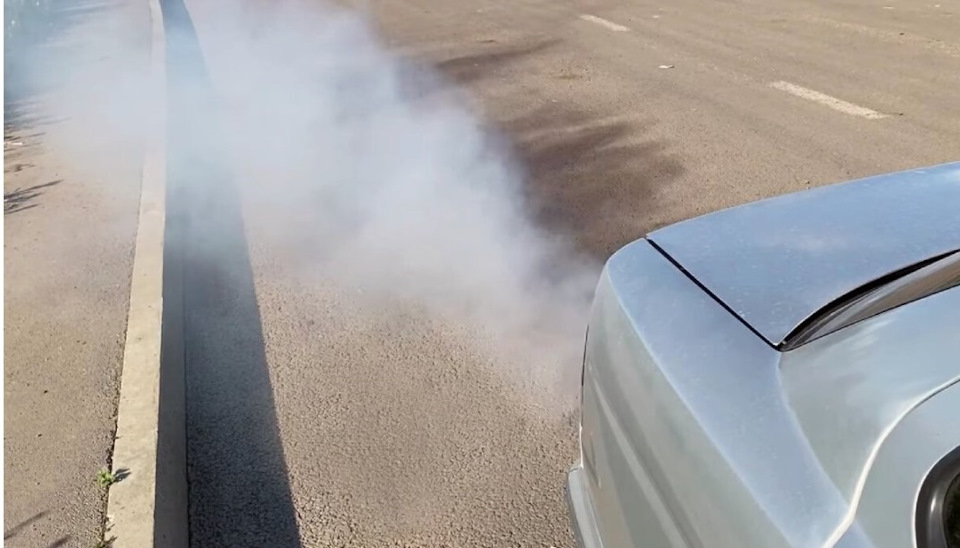
By the way, increased oil consumption is sometimes another reason to switch to a more viscous oil. Consumers emphasize this and ask to recommend an oil that will help to get rid of this ailment. The reasoning behind this choice is that there are additives-thickening agents for oils, after the use of which the muffler stops blowing blue smoke. And blue smoke is, as it is known, burning oil.
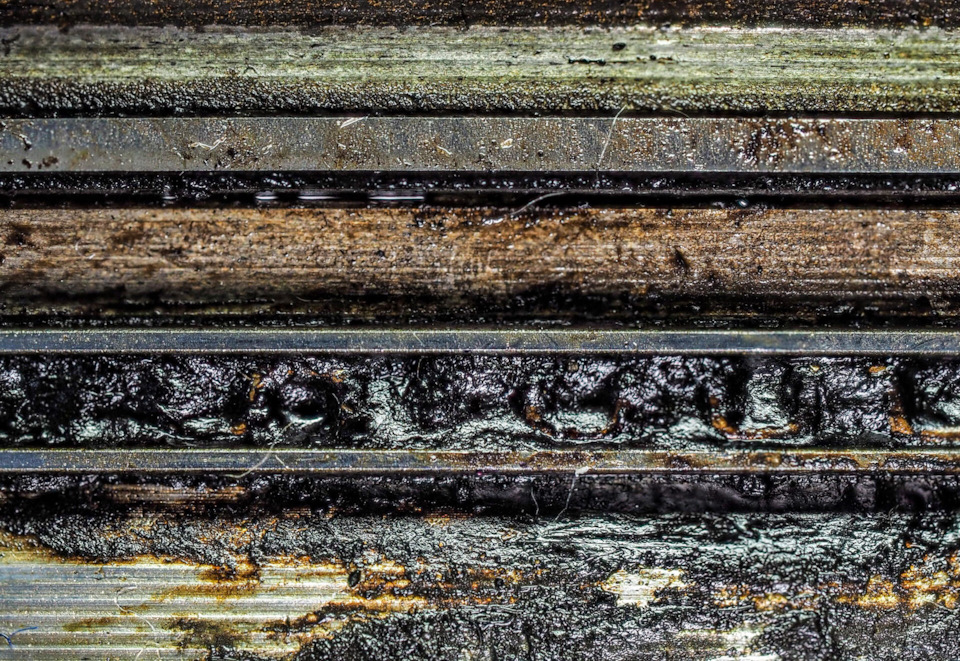
The rings, which are clogged with carbon deposits and have lost their mobility, are no longer able to remove excess oil from the cylinder walls. And here we are talking about the recommended oil. Let’s talk about more viscous oil. It will remain on the cylinder walls in even greater volume, and this will lead to even higher oil consumption. Hence the conclusion. Trying to treat oil addiction with viscous oil is a bad idea. Nothing good will come out of it. The problem will grow like a snowball. The oil in the combustion chamber will burn even more, and the rings will lodge even more.
Therefore, if the oil consumption is high, you should first try to crack the engine. For this purpose, our company has a lot of specialized products, about which we have told you more than once.
As for thickening additives, they do not reduce oil consumption in any way. In their composition, such products have components that work solely as smoke suppressors. Consumers consider its reduction or complete absence as a reduction in oil consumption.
However, there are those who, in order to reduce oil and fuel consumption, want to switch to less viscous oils. The use of such oils, if the car engine is not designed for it, does not bode well either. Yes, having changed from 5W-40 to 0W-20, you will feel that the engine is easier to rev and the car is more dynamic. Yes, fuel consumption will be a few milliliters less. But, we assure you, the joy will be short-lived. The matter is that oils with lower viscosity have lower HTHS. Let us remind you that VMPAUTO 5W-40 oil has 4.1 mPas, while 0W-20 oil has 2.6-2.9 mPas. Consequently, the engine of your car will be less protected from wear on such oil.
A strong oil wedge can be provided by an oil whose viscosity has been taken into account in the engine design.
As a rule, engines that run on energy-saving oils have smaller friction clearances. This alone ensures a reliable oil wedge. If the engine is designed for viscous oil, it has larger clearances. If you put less viscous oil in it, you doom it to a quick death by constant boundary friction.

